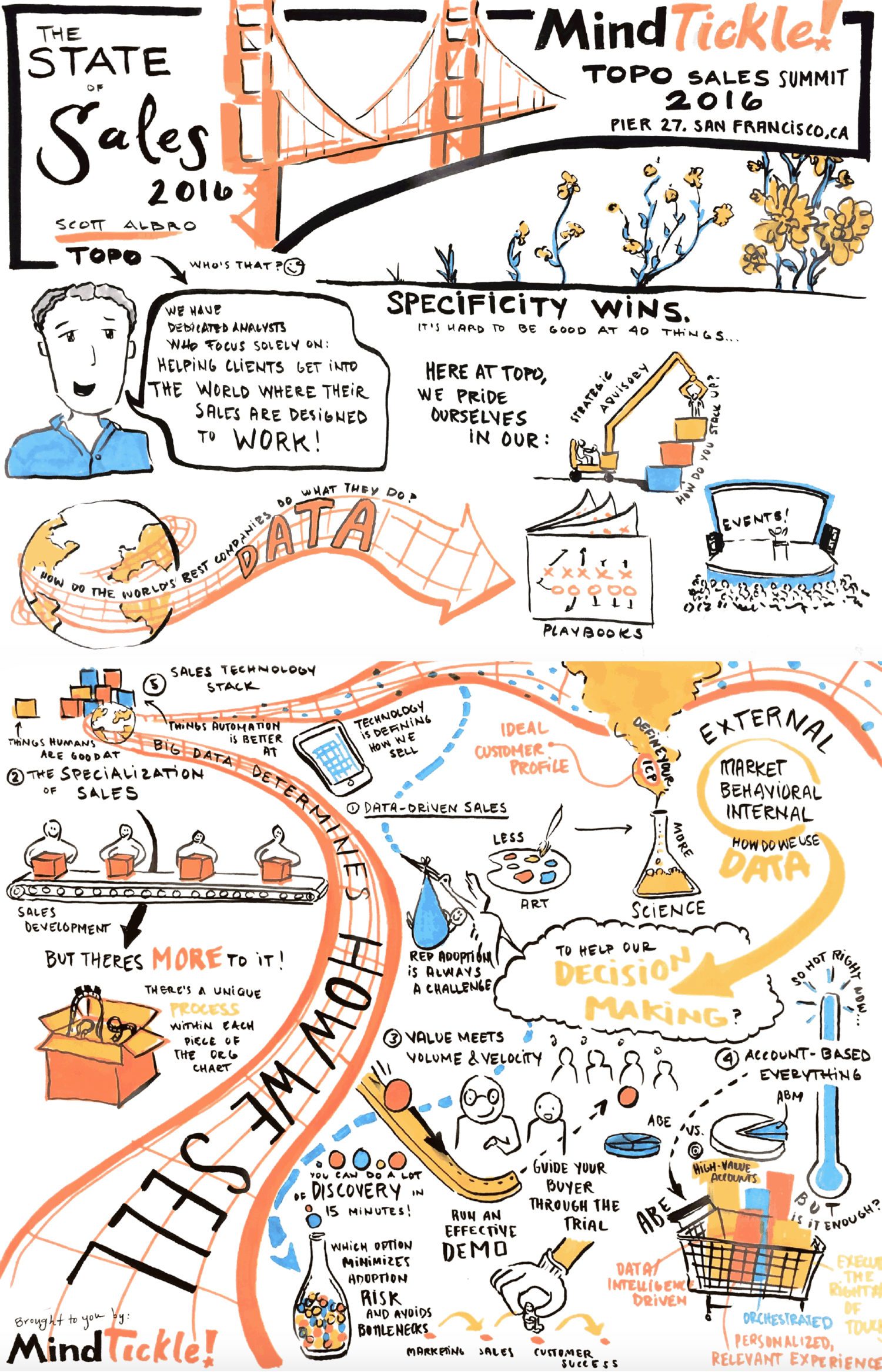How to Introduce Informal Learning into New Hire Orientation: a 7-Point Action Plan
Research says informal learning is most effective. Can we actually design informal learning and have strategies and structures around it, say for new hire orientation?
Most experts would agree that a great majority (upward of 70 percent) of workplace learning is informal. But, designing a formal strategy for informal learning is always a challenge, because of the very nature of informal learning which is serendipitous and unstructured. So let me share my learning and strategies, from the design and implementation of social learning programs for thousands of users and numerous customer contexts. In this blog, though we use the context of new hire orientation, the concepts are applicable to a wider range of learning situations.
Informal learning: organizational context has a role
The degree of informal learning depends heavily on the organizational context. An organization that comes across as prescriptive and does not make the new employee comfortable with sharing and expressing, will find it challenging in making employees adopt informal learning channels. e.g. Yammer (ESN – Enterprise Social Networking) adoption has seen huge variance across organizations. While community managers and leadership commitment make a difference, the primary driver is “Would I as an employee feel comfortable sharing my point of view, without the fear of being judged or reprimanded?”. So first things first, an “informal” employee survey to assess the organizational context. But with new employees, there is also an opportunity to break the current organizational mold and provide a fresh experience without baggage.
- Online community is low-hanging fruit. Start by building a community for new employees, online is definitely recommended and real-life physical communities are also great if budget and location constraints allow. But definitely create an online platform for social engagement and get all new employees to participate, potentially, even before joining. Pre-Onboarding – the period between the day of the offer and the day of joining is a huge untapped opportunity for most companies.
- Give it an informal and fun branding. You don’t have to necessarily label it as a learning community. Start with engagement activities such as quizzes, contests, video contests and team achievements. You will be surprised to see how quickly the community starts to take shape – comments, likes, discussions start flowing in and the network effect kick in once critical mass is achieved. If you launch and don’t see adoption, then seed the community and assign a community manager to identify and persist with likely early adopters – past interns, local employees and internal enthusiasts. If you get 10% of the participants to start posting or sharing, start engaging the others by sending out daily digests with highlights of the community engagement. Persist with informal engagement contests/activities as it will keep the momentum going.
- Start from the start. Once the community is engaged, start with posting questions that would be extremely relevant to the new hire group. Questions could be about the company’s roadmap/vision, new hire benefits, career progression or new trends/technologies. You will be pleasantly surprised how the community will latch on to these. The key is to initially post topics that are current and relevant, and that are likely to spark debates and discussions.
- Identify and encourage early adopters; create healthy peer pressure. Early adopters are vital to the success of such initiatives. Therefore, the organization would do well to identify them quickly and encourage them. Rewarding the early adopters for legitimate contributions, can jump-start the initiative and generate healthy momentum, not to forget the much-needed peer pressure.
- Blend it with formal learning. Create a schedule for formal learning and integrate it. Post links to new training that have been made available. If you are bold, experienced success and willing to take it to the next level, create an achievement system using enterprise gamification wherein both formal and informal learning – social engagement with the community – is rewarded and the achievements – in terms of badges and leaderboard – is visible to the entire community.
- Go offline to make it sticky. Organize local meetups and allow the community to interact face to face, to further boost engagement. This is optional, and organizations can manage without this, but if done, it would make the community more sticky and drive engagement to a different level.
- Sustain until it self sustains. Virality and the network effect takes a while. The objective is to engage the community activities for a few weeks and more, till the community becomes self-sustaining. Many Mindtickle customers have used the Mindtickle platform for managing the communication and engagement with new hires for the entire first year. This involvement is key.
Leveraging informal learning into mainstream learning and development is still evolving. While there is recognition of its critical importance; frameworks and structures around informal learning are still being discussed, debated, and tested. Questions abound. Should it focus on the process or the outcomes? How to keep it informal in a formal manner?
Therefore, as the concept of informal learning evolves, for organizations, the key thing is to not look at informal learning as a quick fix – buy a solution or a social learning platform or hire a community manager or create brown bag events – it is about creating a culture of learning and sharing. And new hire orientation is a great place to make a start – begin from the beginning.



 Last week we attended the
Last week we attended the 
